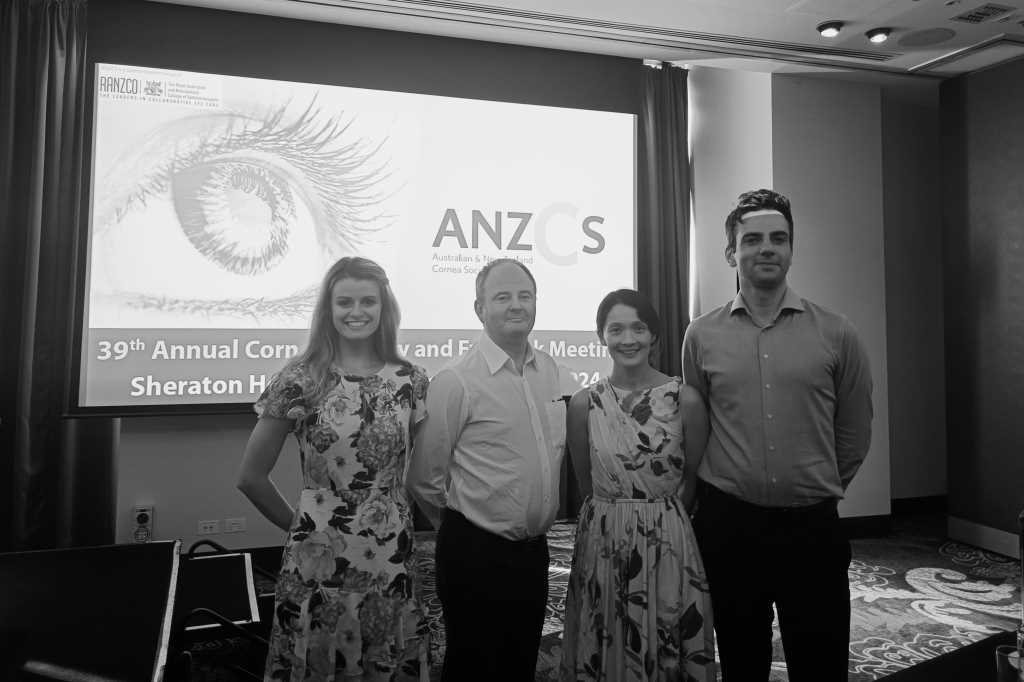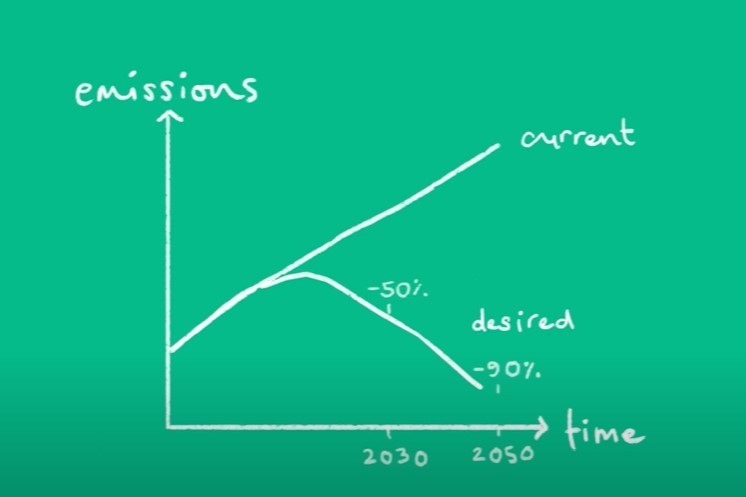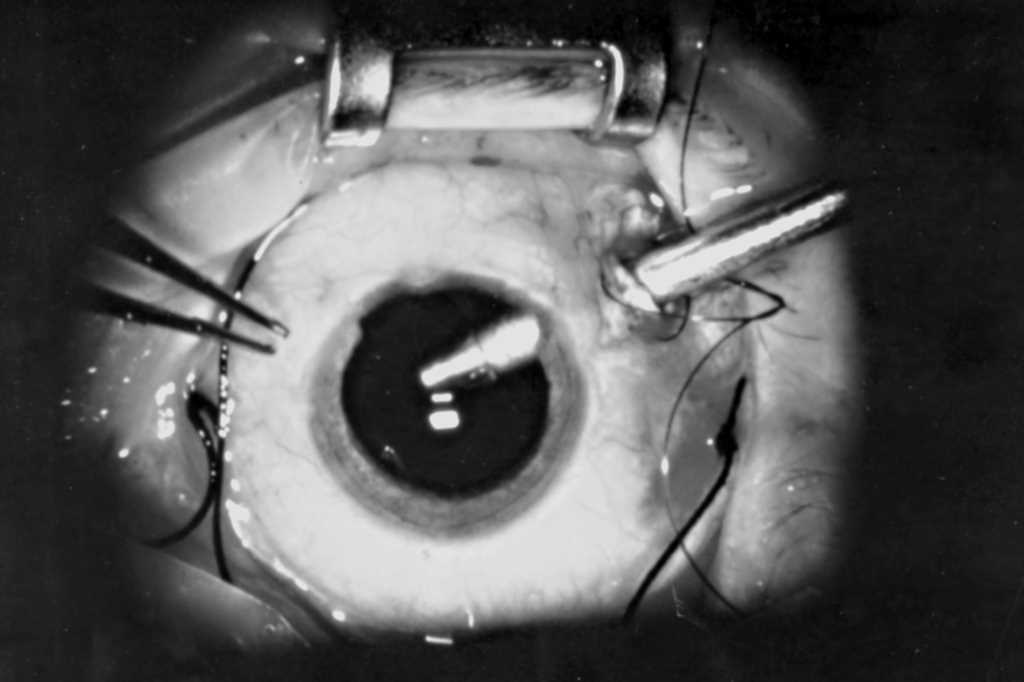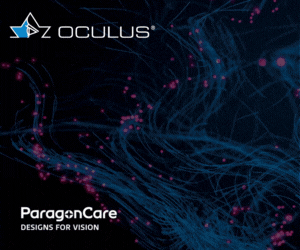Vitreoretinal research review
Archway randomised phase 3 trial of ranibizumab port delivery system for nAMD
Holekamp N et al
Ophthalmology, 2022. 129(3): p. 295-307
Review: The Port Delivery System (PDS) with ranibizumab provides continuous delivery of the vascular endothelial growth factor (VEGF) inhibitor from an implanted device into the vitreous for sustained treatment of retinal disease without the need for repeated intravitreal injections.
The Ladder phase 2 study already demonstrated patients with the implant could go without injections for up to 15 months. In this phase 3 study, 248 patients with treated wet AMD received the PDS with a mandated 24-weekly refill procedure. A comparator arm of 167 patients received monthly ranibizumab. In this previously treated cohort, both treatment groups had preserved vision at the study endpoint with a difference of only 0.3 Early Treatment Diabetic Retinopathy Study (ETDRS) letters between the means of the two groups, meaning that PDS treatment can be considered both non-inferior and equivalent.
However, 19% of the PDS group experienced an adverse event of special interest compared with 6% receiving ranibizumab. Implant complications included conjunctival erosion and leakage, which did not occur in those receiving just intravitreal injections. There were four cases of endophthalmitis with the PDS (1.6%), compared with none in those receiving ranibizumab. The 5% of PDS patients who developed vitreous haemorrhage represented a significant reduction compared with early use of the implant, when rates as high as 50% mandated a modification to the surgical technique.
Comment: The PDS has relevance for vitreoretinal surgeons as they will likely be called upon to implant it. While the long-term control of wet AMD is very encouraging, the significantly higher rate of endophthalmitis in the implant group is a cause for concern and may limit the acceptability of the device to surgeons and patients. In particular, the fact that infection can occur at any time following implantation means patients will need to be selected carefully. Good conjunctival and ocular surface health is likely to be critical to the success of the device, whose marketed version, Susvimo, has been temporarily withdrawn by Roche due to concerns over the manufacturing quality.
Rates of reoperation in 10,114 patients with epiretinal membranes treated by vitrectomy with or without inner limiting membrane peeling
Rayess N et al
Ophthalmol Retina, 2021. 5(7): p. 664-669.
Review: Authors from Stanford University, California, used a billing and coding database to identify patients over a nine-year period who had undergone epiretinal membrane (ERM) surgery, finding a large number for this retrospective cohort study.
The group was fairly evenly divided between those who had received a simultaneous peel of the internal limiting membrane (ILM) (4,804) and those who had not (5,310). The paper reports on the important metrics of reoperation rate and number of retinal detachments. In those who had the ILM peeled, there were fewer reoperations overall (0.88% vs 1.48%) where it had not been peeled, which was statistically significant (p=0.007). Retinal detachment rates in both groups were similar and <1%. There was a trend over the study period for ILM peeling to become more commonplace: while 30% of operations in 2008 had an ILM peel, by 2016 70% had the procedure, which likely reflects an improvement in the technology available to surgeons.
Comment: Vitrectomy with ERM peel is a frequently performed vitreoretinal surgical procedure and it is commonplace for vitreoretinal surgeons to peel the ILM concurrently. This is done on the basis that doing so reduces ERM recurrence rate, but strong evidence for this widely held belief has been lacking. This paper provides good quality evidence that doing so reduces the reoperation rate.
Peeling the ILM is not without complications, as the development of dissociated optic nerve fibre layer (DONFL), while rare, can lead to permanently impaired central vision with micro scotomas and other visual disturbances. The study did not report on the prevalence of this complication or other adverse structural changes to the retina that can be seen after an ILM peel, but other longer-term studies have shown equivalent functional outcomes whether or not an ILM peel is performed.
Pneumatic vitreolysis versus pars plana vitrectomy in focal symptomatic vitreomacular traction syndrome: a randomised trial
Kumar V et al
Retina, 2022. 42(7): p. 1277-1283.
Review: This study from New Delhi, India, was a small randomised controlled trial of 30 patients investigating whether pneumatic vitreolysis or vitrectomy was a better option for the management of vitreomacular traction (VMT).
Pneumatic vitreolysis involves injecting a bubble of gas, usually 0.3ml of 100% C3F8, into the vitreous cavity and asking the patient to employ some variable face-down posturing to encourage induction of posterior vitreous detachment and release of VMT. In this study, patients with vision worse than 6/12 were randomly allocated to either gas injection or vitrectomy, with both interventions followed by full face-down positioning.
In the gas group, 80% had resolution of VMT but four developed full-thickness macular hole and required vitrectomy. In the vitrectomy group, all patients had resolution of VMT and during surgery two required additional manoeuvres to deal with the formation of macular hole. Adverse events were comparable between groups. Although a statistical comparison of VMT release rates between groups had a non-significant p-value, the authors concluded vitrectomy is a better option on the basis of the 100% release rate and the fact that full-thickness holes did not develop after vitrectomy.
Comment: This is a small study and the images presented by the authors in the paper show a heterogeneous group of patients with VMT were recruited. In practice, pneumatic vitreolysis is most likely to be successful for focal VMT (attachment <1,500µm) and it might be useful for a future trial to look specifically at this subgroup. In cases where there is a broader VMT attachment or there is felt to be a high risk of macular hole formation, surgeons will likely continue to choose vitrectomy.

Dr Oliver Comyn is a cataract and vitreoretinal surgeon practising at St George’s Eye Care in Christchurch. Having trained in the UK, completing his doctor of medicine degree in diabetic eye disease research, he began a second vitreoretinal surgical fellowship at Moorfields. He is particularly interested in vitreomacular interface disorders for his patients in the South Island, where he lives with his young family.



























